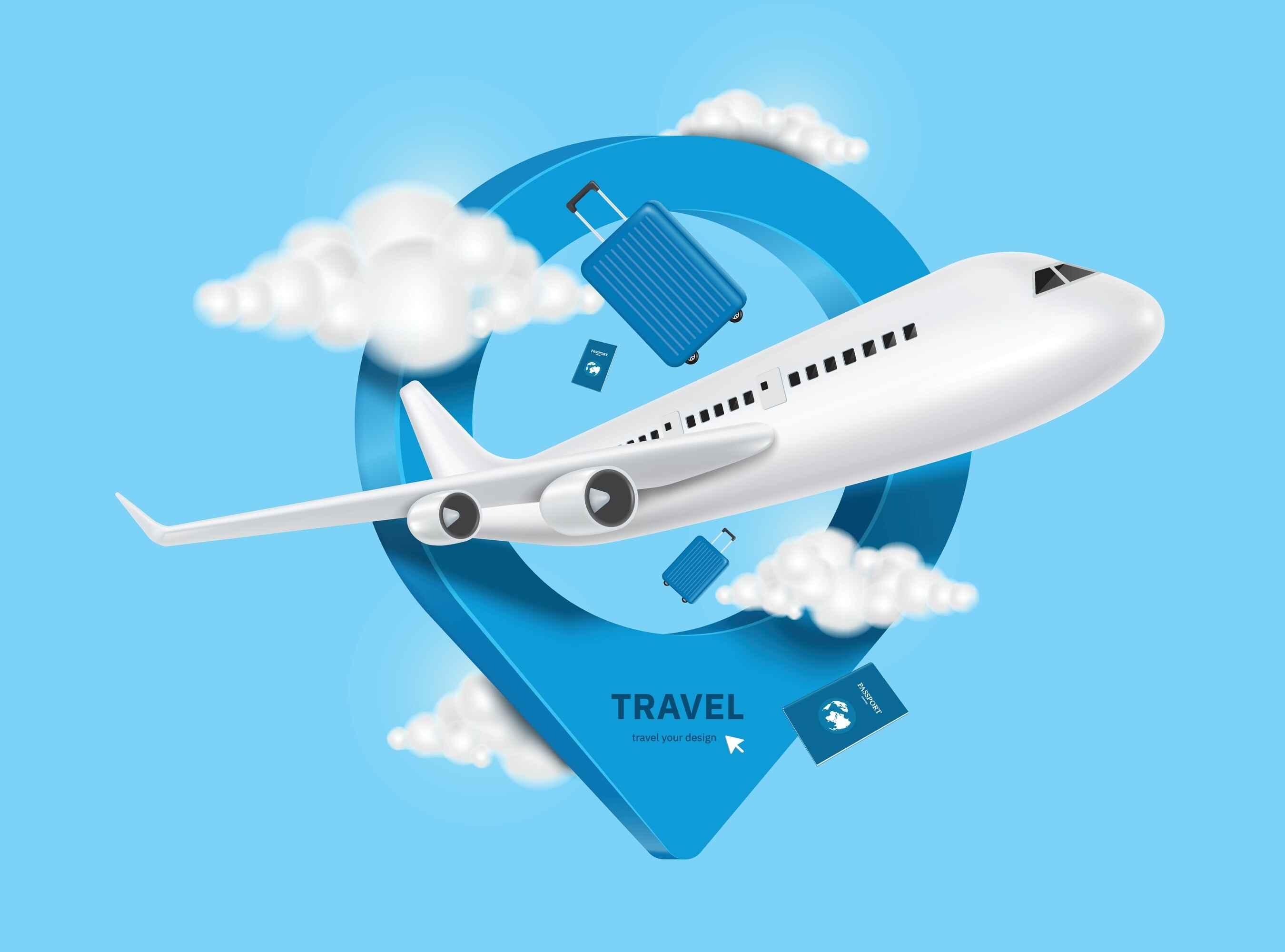Popes Were Once Confined To Rome. Now They Travel The World – And Francis’ Current Journey Is Particularly Significant

Pope Francis is continuing the tradition of papal journeys, having embarked on the longest trip of his papacy yet to Asia and the Pacific.
In recent decades, apostolic journeys have emerged as a powerful tool of global diplomacy and pastoral outreach – and to meet the needs of a increasingly connected yet fractured world. But this wasn’t always the case. In fact, there was a time when popes were largely confined to Rome.
The birth of the apostolic journey
Francis has cited the example of the apostle Paul, who travelled frequently to reach diverse audiences with creativity and conviction.
In the early centuries of the church, the key message of Christianity was spread by the apostles. They were the closest followers of Jesus and became pivotal in telling the world about his teachings. Their voyages gave the name to the later papal tradition of “apostolic journeys”.
Back then, the seat of papacy was Rome itself (rather than Vatican City) and papal travel was rare and often limited to local communities. The pope, as the bishop of Rome, would journey outside the city to visit and offer pastoral guidance.
Longer journeys, such as Pope John I’s trip to Constantinople in 523CE, were exceptions. They were often driven by a broad desire for pastoral outreach, but also by political necessity.
Conflict and forced exile
During the Middle Ages, periods of instability occasionally forced popes to leave Rome. In the 13th century, popes temporarily lived in other Italian cities such as Viterbo, Orvieto and Perugia, due to conflicts in the eternal city, politics, or personal preference.
Even so, papal travel remained largely confined to Europe and was focused on territories under papal influence or control.
One crucial period from 1309 to 1378 saw the papacy relocate to Avignon, France, under the forceful direction of the French monarchs. Yet the pope’s travel remained limited.
Other times, popes were forced to travel – or were even kidnapped. Pope Pius VII, elected in 1800, travelled to Paris in 1804 for the coronation of Napoleon I as emperor. In 1809, when the French invaded the papal states, Pius VII excommunicated Napoleon and in retaliation was forcibly taken to France where he stayed as a prisoner until 1814.
When papal travel went global
The pontificate of Pope Paul VI (1963–78) marked a significant turning point in the history of papal travel. Paul VI became the first pope to travel by airplane, initiating a new era of international apostolic journeys. His extensive journeys even earned him the title of “the Pilgrim Pope”.
He visited six continents, marking the first papal pilgrimages to the Holy Land, the Americas, Africa, Oceania and Asia. The focus of his 1964 visit to the Holy Land was to promote Christian unity.
In 1965, Paul VI became the first pope to visit the United States and to address the United Nations in New York. His papacy highlighted the church’s desire to engage with the global Catholic community. Paul VI set a precedent for his successors.
Pope John Paul II (1978–2005) once more dramatically expanded the scope of papal travel, becoming the most travelled pope in history. In addition to almost 150 pastoral visits within Italy, he visited more than 120 countries, covering more distance than his predecessors combined. His extensive travels were central to his papacy, which was aimed at addressing international issues and strengthening the church’s global reach.
Pope Benedict XVI (2005–13) continued the tradition of international travel, albeit to a lesser extent due to his advanced age. Still, his journeys remained significant in maintaining the Vatican’s global presence.
And now Pope Francis (2013–present) continues this legacy of global outreach, his travels reflecting his commitment to addressing contemporary challenges.
A papal itinerary for the modern world
Francis’ most recent journey to Southeast Asia marks the longest and most challenging trip of his papacy, covering more than 32,000 kilometres across Indonesia, Papua New Guinea, Timor-Leste and Singapore.
Apart from continuing the (relatively modern) tradition of papal apostolic journeys, the trip also redefines its purpose in a globalised world.
In Indonesia, a predominantly Muslim nation, Francis engaged in interfaith dialogue at the Istiqlal Mosque in Jakarta, the largest mosque in Southeast Asia.
The rest of his visit is expected to similarly underscore his commitment to fostering religious tolerance and building bridges between different faith communities.
Despite Catholics comprising only about 3% of Indonesia’s population, the pope’s visit generated significant excitement and media coverage, reflecting his influence beyond the Vatican.
Papua New Guinea and Timor-Leste, both nations with significant Catholic populations, will also be key stops on the pope’s itinerary. In Timor-Leste, where Catholics make up about 97% of the population, the pope’s visit will reaffirm the church’s deep connection with the country, particularly in its struggle for independence. But the visit will also highlight ongoing challenges, including recent scandals involving church leaders.
Singapore, known for its religious diversity, will be the final leg of the journey. Here, Francis will address themes of inter-religious harmony and environmental stewardship, particularly as all the countries on this trip are island nations facing the existential threat of rising sea levels.
The trip will showcase the Vatican’s commitment to the global issue of climate change, which Francis has championed throughout his papacy.
Francis’ Southeast Asia trip demonstrates the Vatican’s continued engagement in global diplomacy and social issues. Beyond that, it also underscores his own personal vision of a church that is close to the people – especially those on the margins – and committed to fostering peace and dialogue.
Darius von Guttner Sporzynski does not work for, consult, own shares in or receive funding from any company or organisation that would benefit from this article, and has disclosed no relevant affiliations beyond their academic appointment.


